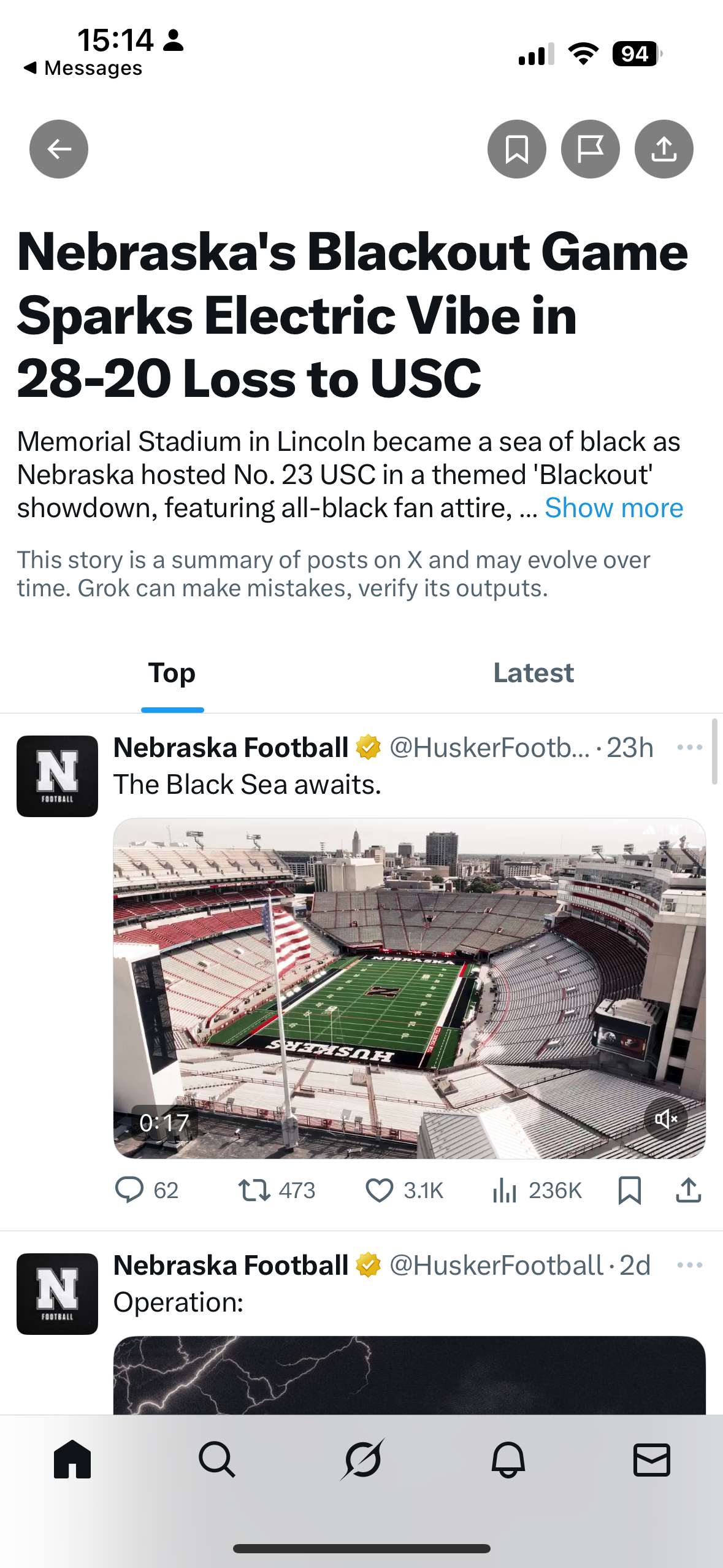Here’s How to Apologize
Newsletter #95
This Week:
GoFundMe’s Corporate Statement
ICYMI: Another Great Apology
Spotted
Before We Go…
1. The Anatomy of an Apology: GoFundMe
Last week, GoFundMe made headlines when news broke that it had been automatically creating donation pages for nonprofit organizations without their knowledge or consent.
From Bloomerang:
These “auto-generated” pages were designed to help donors discover and give to nonprofits through the GoFundMe platform. However, many organizations were unaware these pages existed, had not authorized them, and did not have clear information about how funds would be processed or disbursed.
In addition to automatically creating these pages, GoFundMe added an optional “tip” to each donation form, suggesting that donors contribute an additional 14–16.5% to support the platform. This tip is in addition to a 2.2% transaction fee plus $0.30 per donation for nonprofits using GoFundMe Pro. For individual fundraisers, that processing fee increases to 2.9% plus $0.30 per donation.
You can imagine the loss of trust the move created…and, frankly, the headache the move created for many nonprofit organizations that have carefully developed strategies, timelines, and communications plans for fundraising. Maybe the move was well-intended, but it also came off as a cash grab for GoFundMe in the name of philanthropy (especially the “tip” component). Yikes.
Eventually, the organization realized an apology was necessary and rolled one out. We break it down.
(H/T to PI Jasmine Jones for the story find.)
2. ICYMI: Oura’s Crisis Response: From Conspiracy to Clarity
If you haven’t noticed, we love analyzing a good crisis response here at The EO Report (and pulling lessons for our own playbook – and yours!).
The difference in this story from our previous one? Oura didn’t really do anything wrong, per say. They were caught up in a conspiracy that spiraled into the mainstream consumer base, forcing them to clarify some complex technical concepts. Here’s what you can learn from their strategy.
3. Spotted
Here’s another reminder that AI isn’t a reliable source for accurate information – and that media literacy and fact-checking skills are more important than ever.
Here’s a snapshot of an AI-generated summary from Grok on X about the Husker/USC football game. Whether or not you follow sports – or notice the incorrect score – isn’t the real issue. It’s that the summary was posted four hours before the game even started.
Stay vigilant!
4. Before We Go…
From The New York Times: White House limits reporters’ access to Press Secretary’s office.
For generations, White House reporters had open access to “Upper Press,” the West Wing offices where they could freely speak with press aides and gather information during breaking news. That changed on Friday, when a new policy restricted access to appointment-only, citing security concerns over sensitive National Security Council materials.
From Poynter: One third of all journalists are creator journalists, new report finds.
“The Muck Rack study found that half of creator journalists have been self-publishing for more than five years.”
From Marketing Brew: It’s not a brand. It’s a lifestyle
Customers are starting to cut spending, and brands that have positioned themselves as aspirational are taking note. They’re now delivering messaging and product options that appeal to more price-conscious consumers.
We won’t apologize for asking: could you please forward this newsletter to a few friends who may enjoy it?


